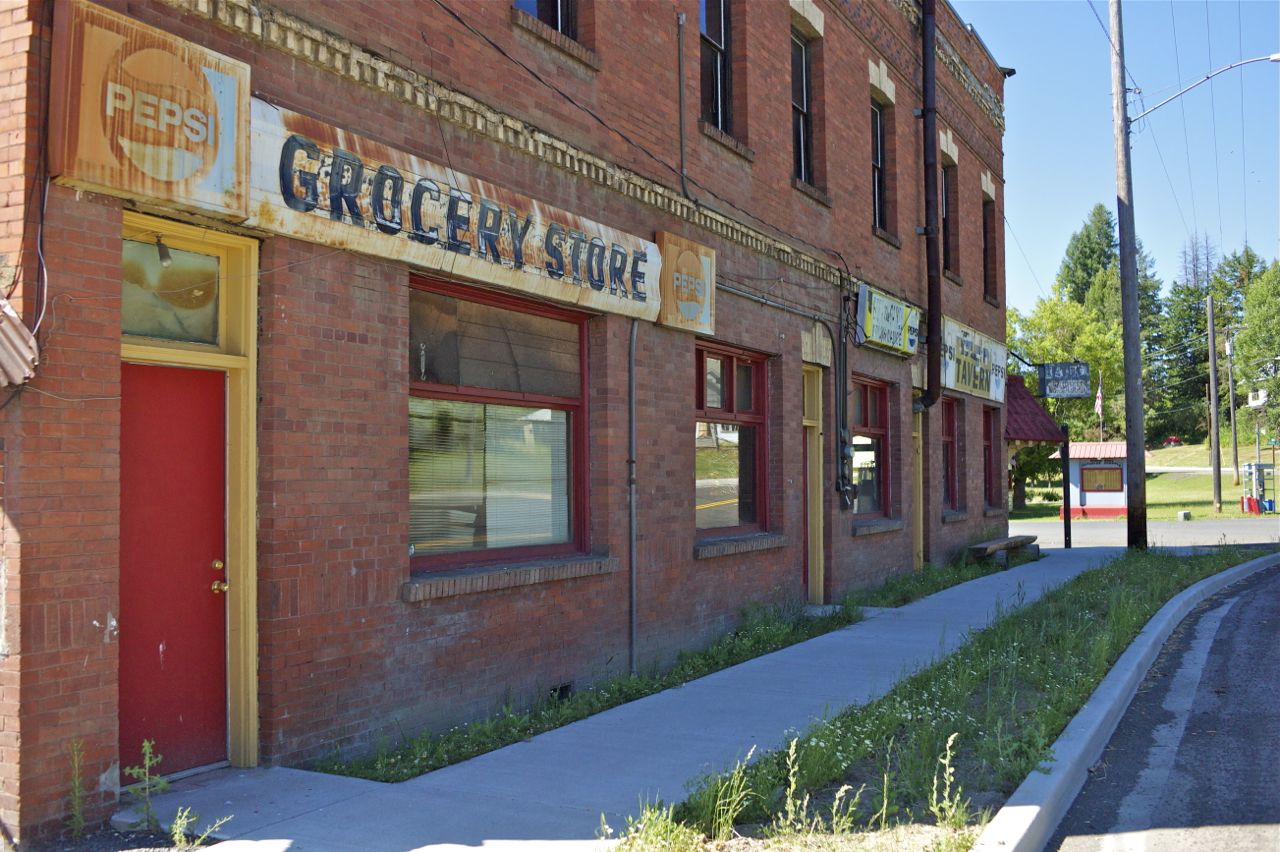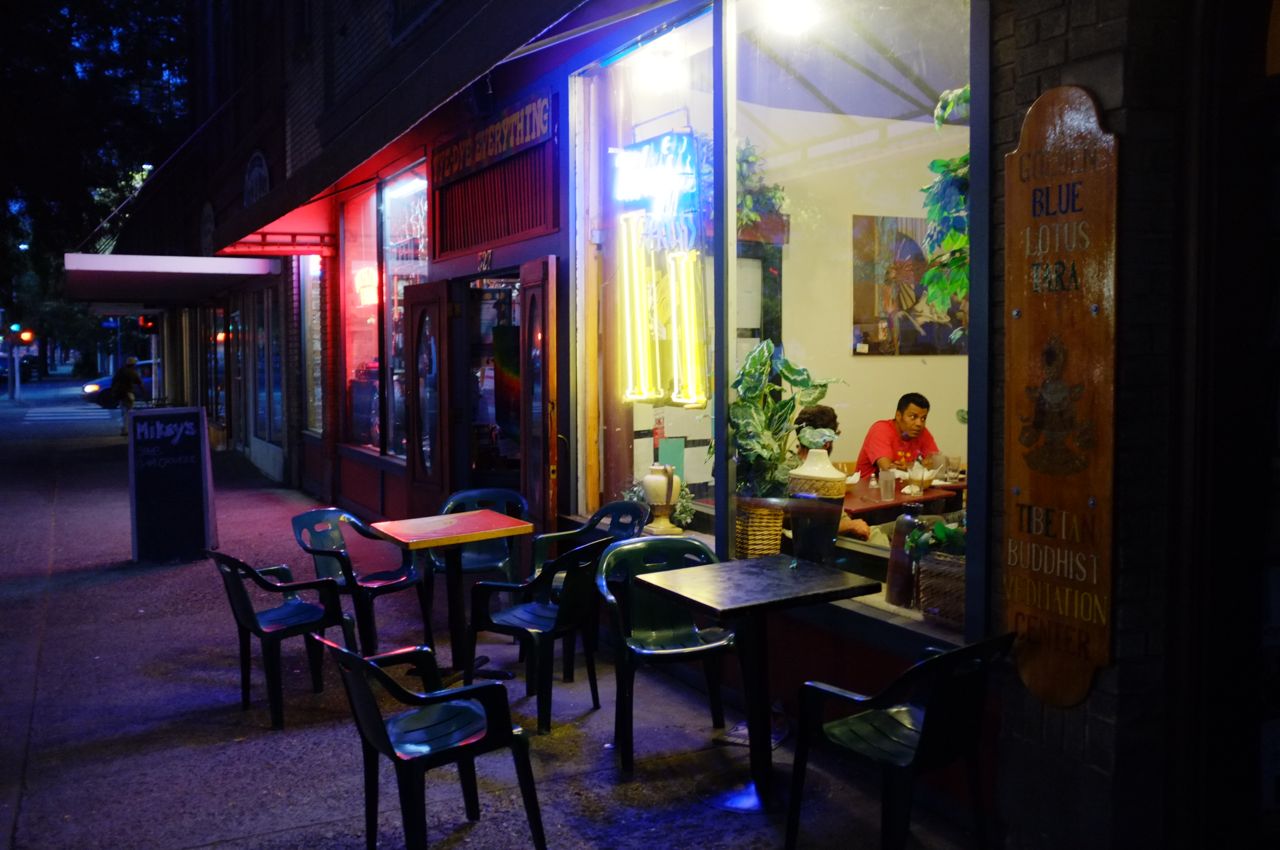Vital storefronts are an indicator of urban success, while empty businesses are akin to the ruins of Pompeii.
Even when storefronts go empty, some cities find ways to simulate that all is well. False facades, community art and the look and feel of a vibrant business district often substitute for empty spaces through glass.
That's all well and good in cities. Elsewhere, it's a luxury left behind.

In a skeleton of a small Idaho downtown last weekend, I explored the remnants of what we now seek in bigger places: compact, mixed-use blocks with character -- the neighborhood grocery and the watering spot next door. Several buildings were proudly engraved "1914" and I concluded that if airlifted to my neighborhood in 2011, they would fit in just fine.
Passersby in a pickup truck -- a father and son -- saw me amid the storefronts, and stopped and watched me for a moment. "Are you from around here?" asked the father. "Do you know if there is a store in town?"
I could have said no, but instead I wanted to hint at the irony of their search for the vanished vitality of where we were. "Look around," I said. "You'll find that there used to be more than one."
The storefront may now be scarcer in the hinterlands, but it has found new life as one of the building blocks of the reinvented, more flexibly-zoned city -- a primary contributor to complete streets, social interaction, walkable neighborhoods and transit-oriented central places. The passion for such "first floor retail" has been declared and codified in planning goals and land use regulations alike.
Rockville, Maryland's town center storefront design guidelines are typical of such emphasis, and further encourage creativity in how storefronts present to the street:
Rockville's "great urban place" sets the stage upon which the storefronts will belayered. Because of the investment in quality for all aspects of Rockville Town Center, storefront guidelines encourage creative and well-designed individual expressions of tenant identity. Strong urban storefronts are essential in the creation of an attractive and exciting, dining, shopping, and leisure environment.

Highly evolved cities rise above the status quo by seamlessly implementing a universal urban characteristic in a local context, seizing opportunities that have worked before to create the magnetism of success.
However, the romance of an idea can be offset by the reality of the Great Recession -- and risks recreating the unsustainable place where passersby ask pedestrians if there is a store in the neighborhood. Recognizing such risks, in Seattle, a regulatory reform roundtable has recommended that certain street level retail requirements be relaxed, to avoid more empty spaces in challenging times.
Storefronts have always made the city, and as economic challenges continue, more flexibility to create dynamic and interesting street uses should remain at the forefront of city-making -- mindful of what businesses need to survive.
All images composed by the author.
Cross-posted in myurbanist and Sustainable Cities Collective.
